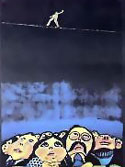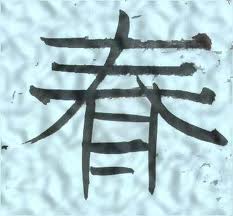High of the Week:
Alchemy

To the scientist the aim of alchemy seems only to be the transmutation of base metals into gold. Though some alchemists were concerned solely with this, many were serious and dedicated thinkers who used alchemical symbols and ideas to probe religious, philosophical and psychological problems. The “Gold” of these men was wisdom and the creation of the whole, unmarred man. As Carl Jung has shown, the alchemists’ symbols and methods were directly related to the workings of the collective unconscious and the individual psyche:
“Investigation of the alchemical symbolism, like a preoccupation with mythology, does not lead one away from life any more than a study of comparative anatomy leads away from the anatomy of the living man. On the contrary, alchemy affords us a veritable treasure-house of symbols, knowledge of which is extremely helpful for an understanding of neurotic and psychotic processes. This, in turn, enable us to apply the psychology of the unconscious to those regions in the history of the human mind which are concerned with symbolism.” (Carl Jung)
It was through symbols that the alchemists expressed both their investigations of the elements making up human consciousness and the ways to integrate them effectively. The issues raised by alchemy are not dead. Some contemporaries consider psychedelic drugs to be this integrative principle, the philosopher’s stone of the new alchemy, and various masters have used alchemical methods in their own theoretical formulations -Gurdjieff’s “Table of Hydrogens,” for instance, posited a description of the elements of matter involved in man’s consciousness.
ACCESS
Two introductory books are available, both called The Alchemists. One is by F. S. Taylor and the other by Caron and Hutin. Mysterium Coniunctionis, Jung’s difficult treatment of the discipline, is found in Volume 14 of his collected works. Ralph Metzner’s Maps of Consciousness contains a chapter on Alchemy.
(from The Book Of Highs, ‘250 Ways of Altering Your Consciousness Without Drugs’ by Edward Rosenfeld)


